Sri Lanka's Harding Boutique Hotel offers contemporary tropical modernism
Sri Lanka's Harding Boutique Hotel by Anarchitect is a contemporary interpretation of tropical modernism
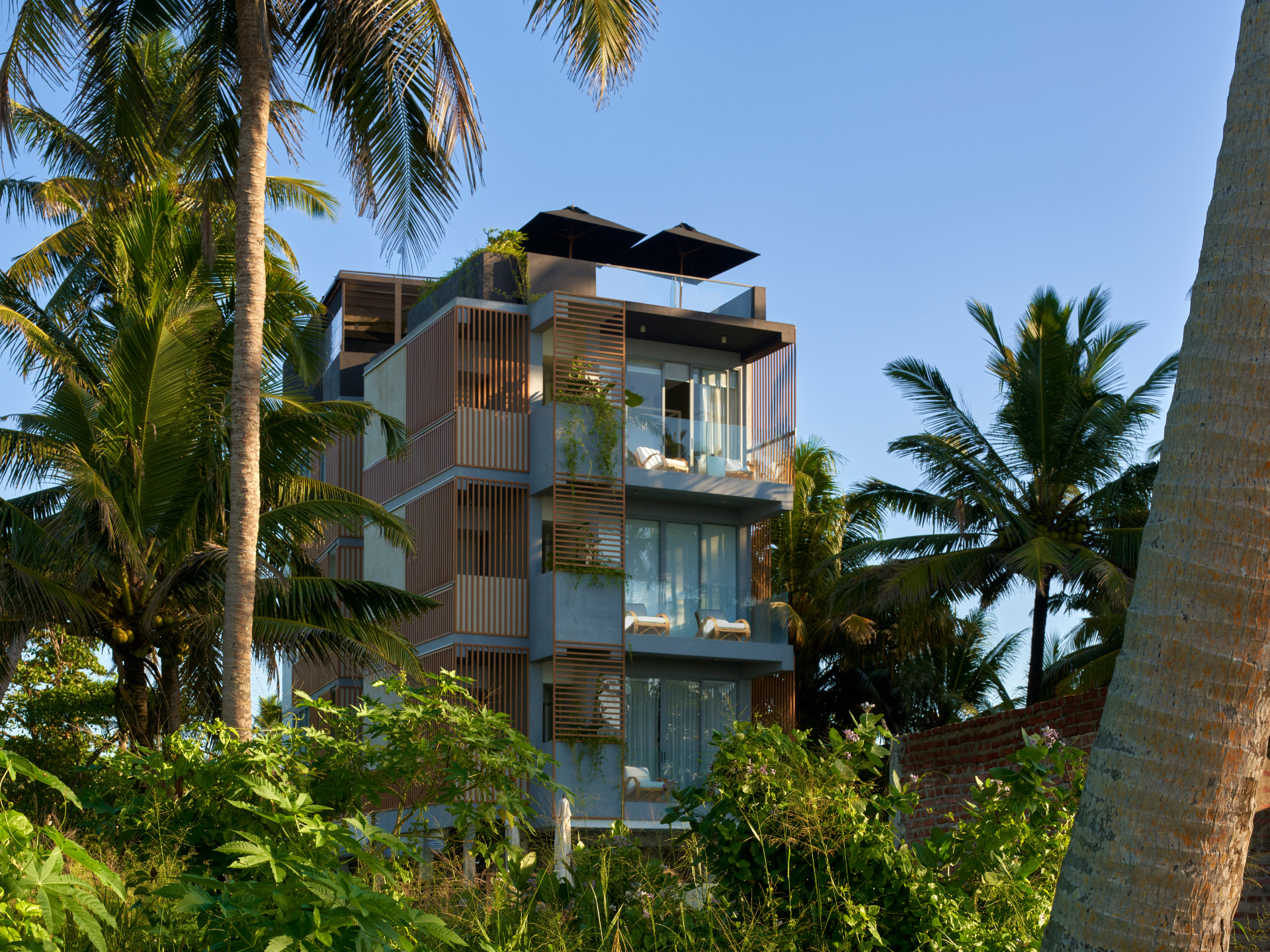
Edmund Sumner - Photography
A love for modernist architect Geoffrey Bawa and the team’s admiration for the rich, welcoming landscape of Sri Lanka led the design in this hotel architecture project in the island nation’s Ahangama. Harding Boutique Hotel was created by Dubai-based studio Anarchitect, which is led by Jonathan and Militza Ashmore, a couple in work and life. The result is a thoroughly contemporary design that pays homage to its natural context and Sri Lanka’s 20th-century architecture.
‘My great uncle was one of the first hoteliers and great pioneers of tourism in the country, opening what was then the Blue Lagoon – the country’s first hotel designed by Geoffrey Bawa – the father of Sri-Lankan modernist architecture,’ says the client, Sri Lankan-Australian hotelier Paul Harding. Architect Jonathan Ashmore was captivated by this piece of history and sought to connect with it, exploring the verdant island with its pristine beaches and wealth of architectural legacy.
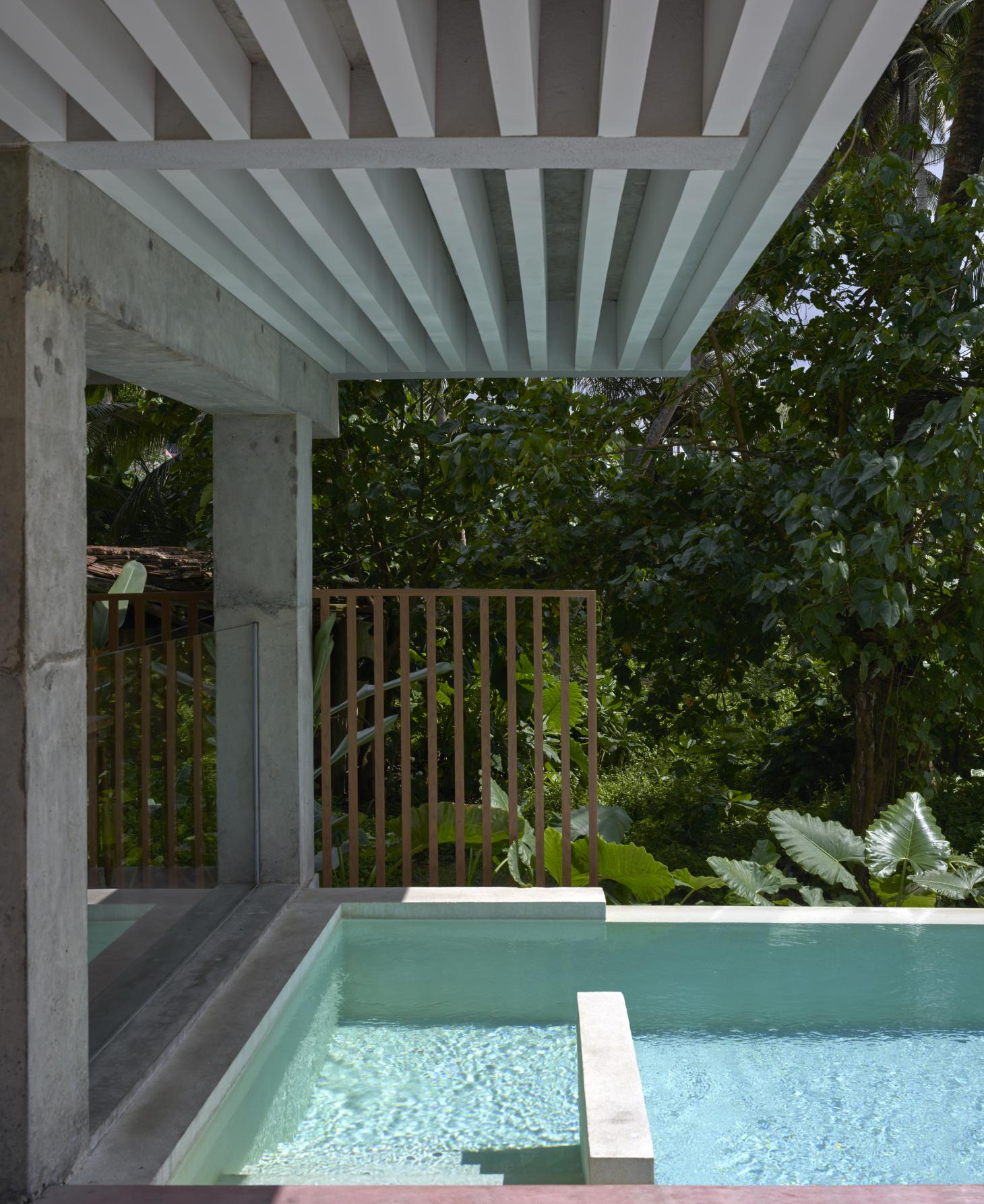
'The architecture of Harding Boutique Hotel instinctively draws upon its surrounding context and engages in a constant (and responsive) dialogue with nature to breathe life into the building and actively converse with its guests. At the heart of the building sits the open staircase, entirely cross-ventilated and cooled by the coastal prevailing wind. This defining feature is both raw and functional, yet it offers an opportunity to view new framed perspectives of nature between lattices and through slender apertures from various heights,' says Jonathan Ashmore.
He continues: 'With intimate nooks placed on the mid-landing, it encourages guests and visitors to pause, contemplate, or even engage in impromptu conversations with those located above, below or across levels, from inside to out. This purity and simplicity embedded within the architecture that brings this heightened sense of awareness and connection to nature and the climate, together with the way the building utilises these natural energies and either frames them or channels them into the interiors, is what I believe upholds the legacy of tropical modernism.'
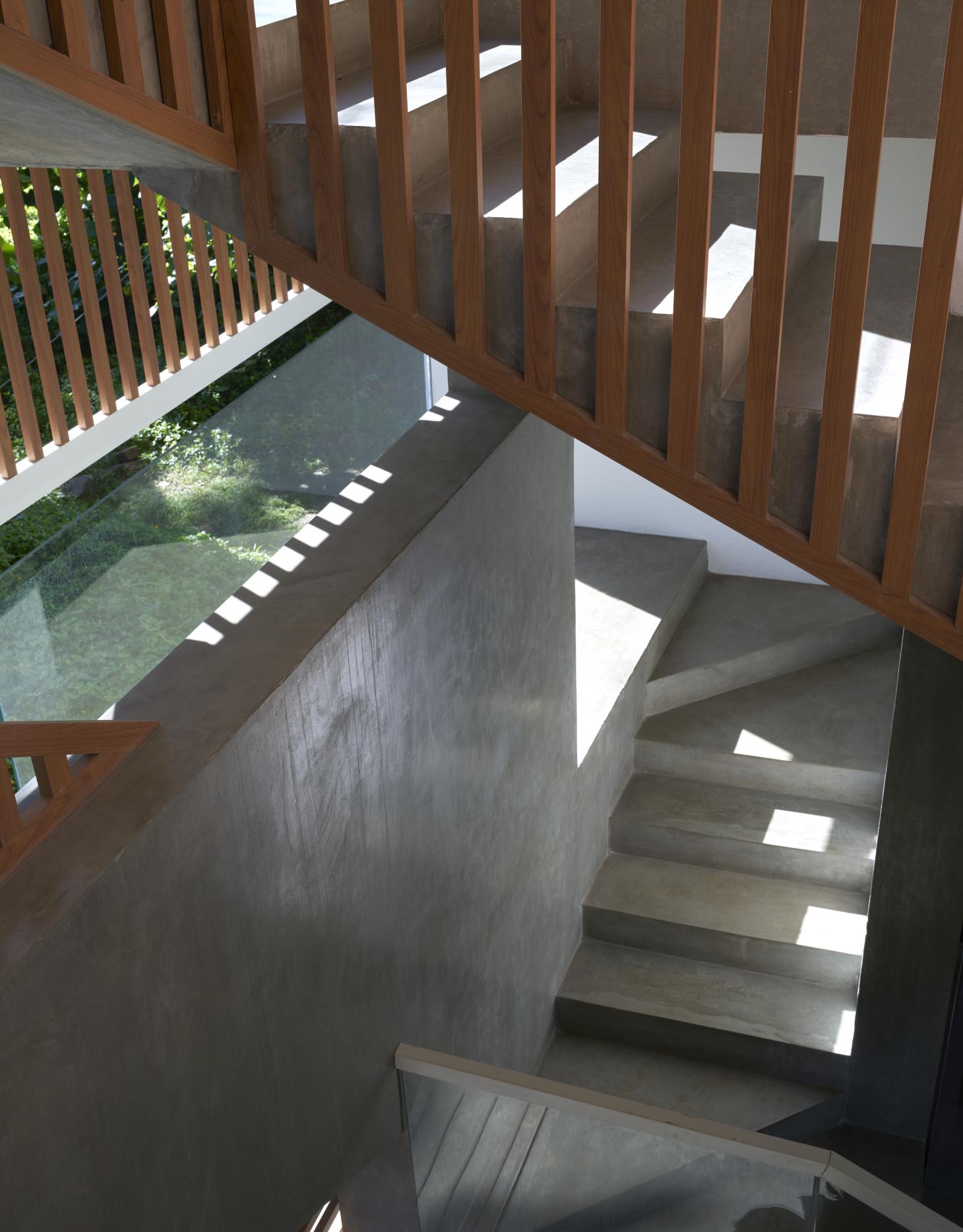
The independent hotel, which contains a mere six suites across its five floors, sits in a palm grove. The architecture connects with the landscape at every turn – through timber slatted façades, terraces, a ground-floor swimming pool and the aforementioned open-air feature staircase that connects all levels.
Alfresco dining and lounging are strong options (there is a restaurant on site), while natural cross-ventilation and carefully planned lighting and shading ensure the most comfortable experience for guests.
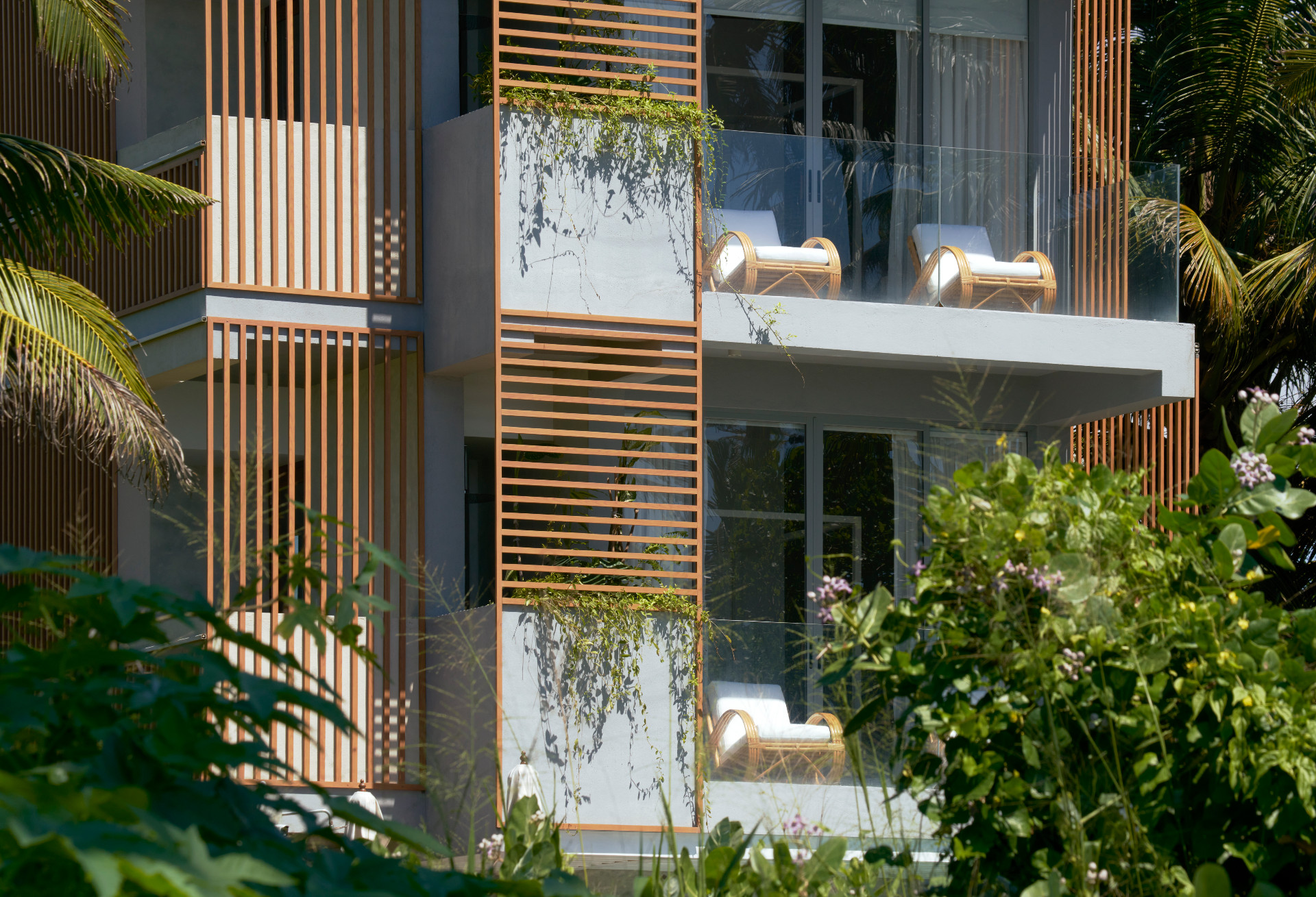
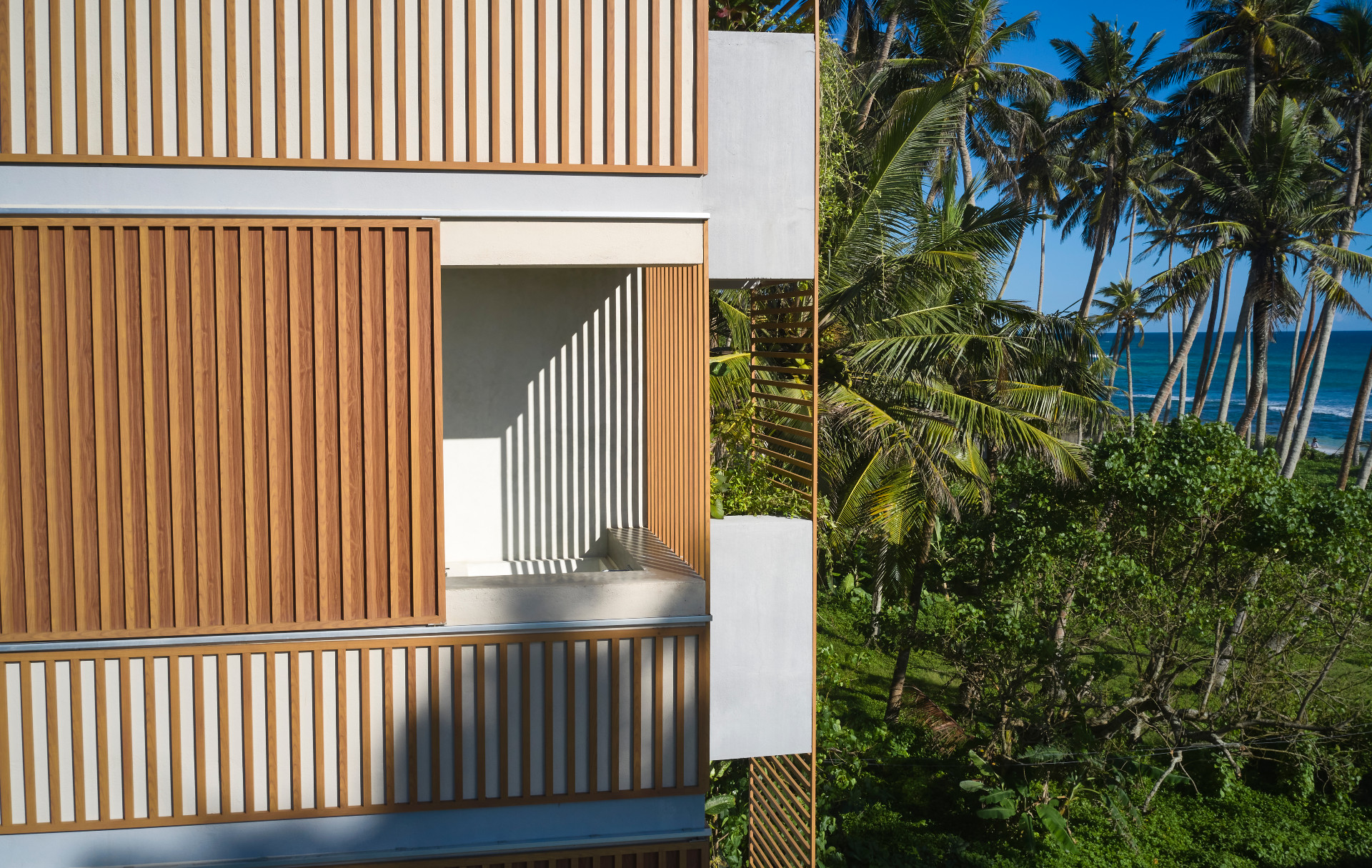
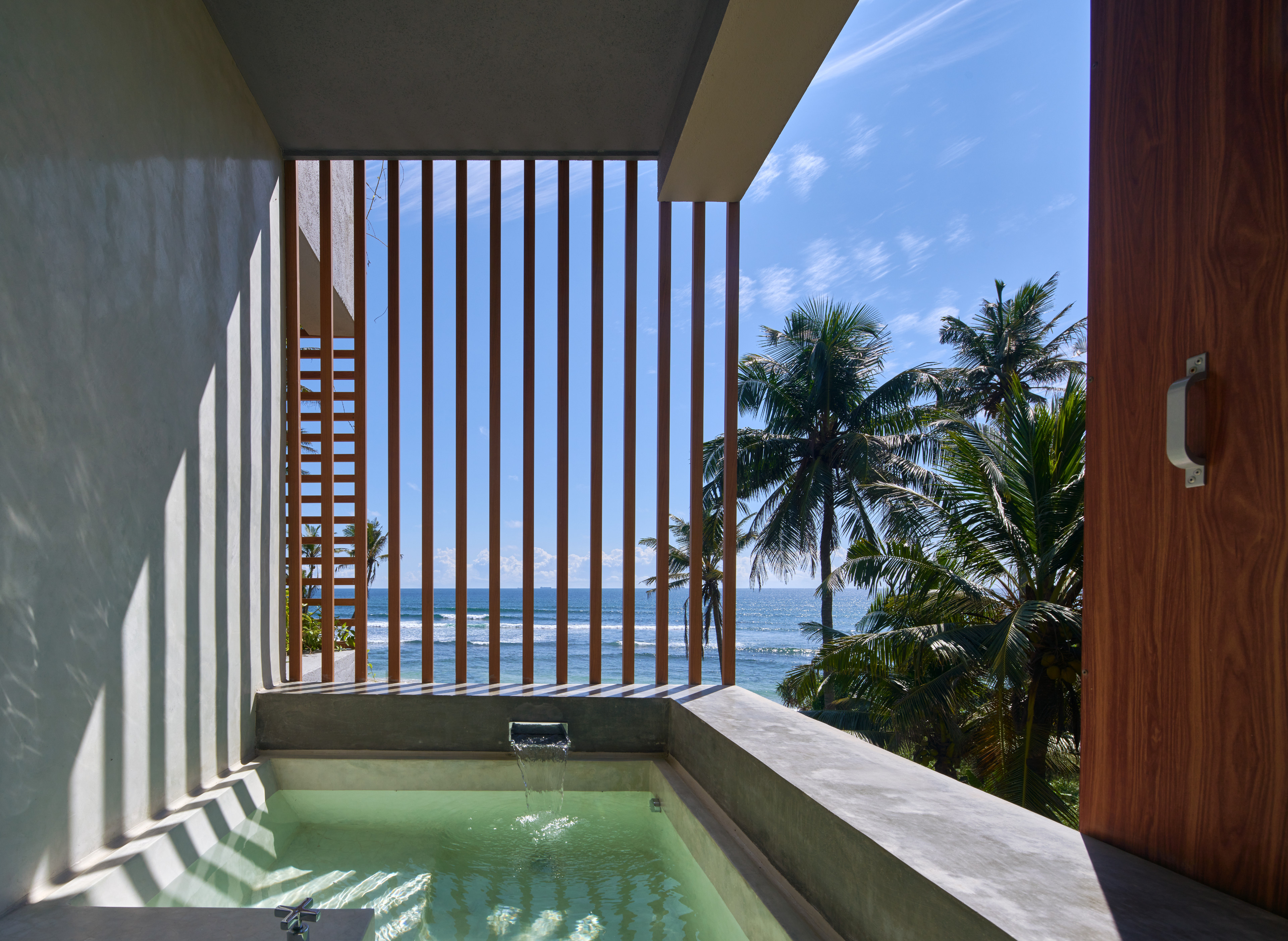
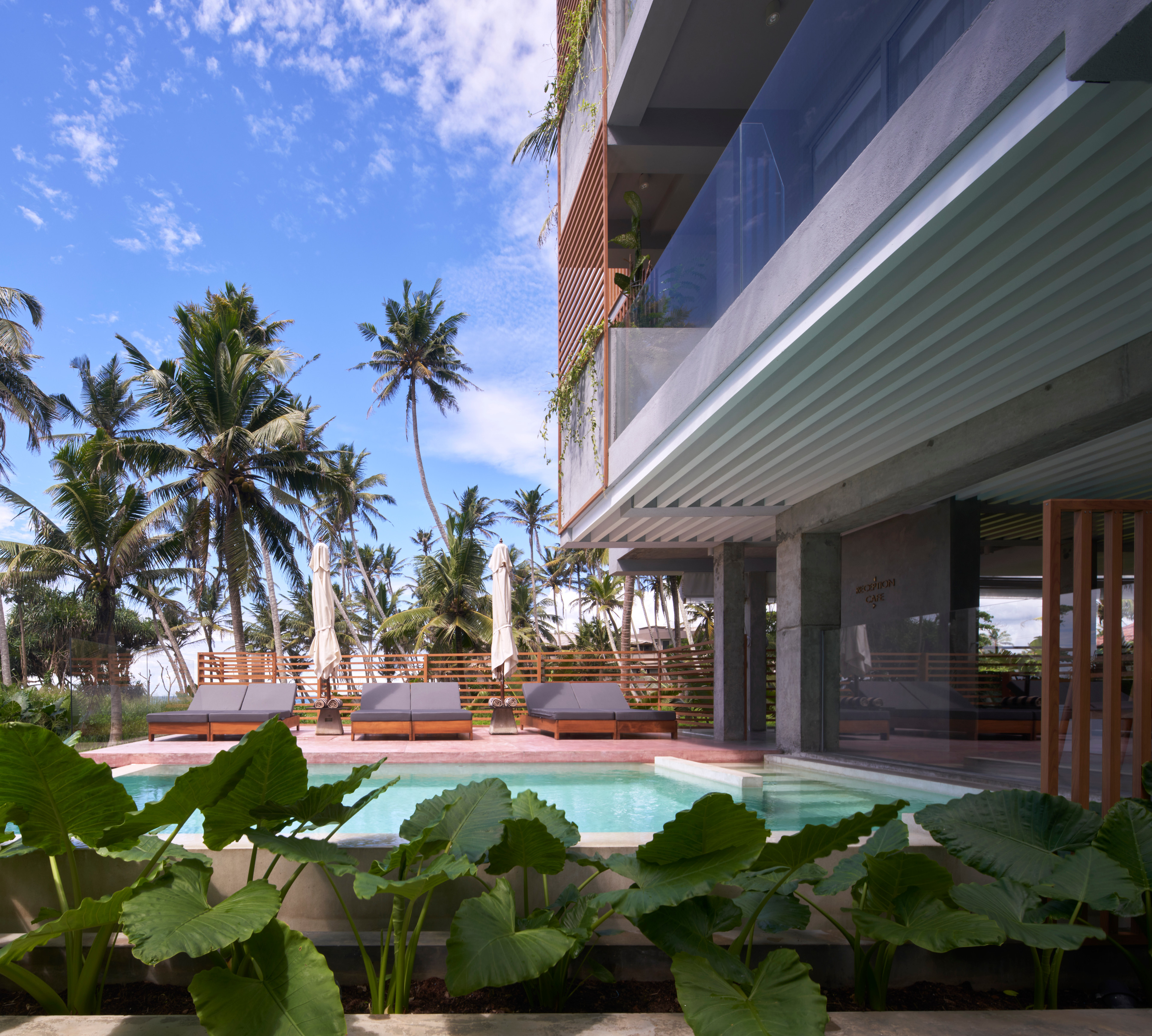
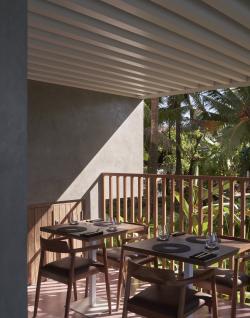
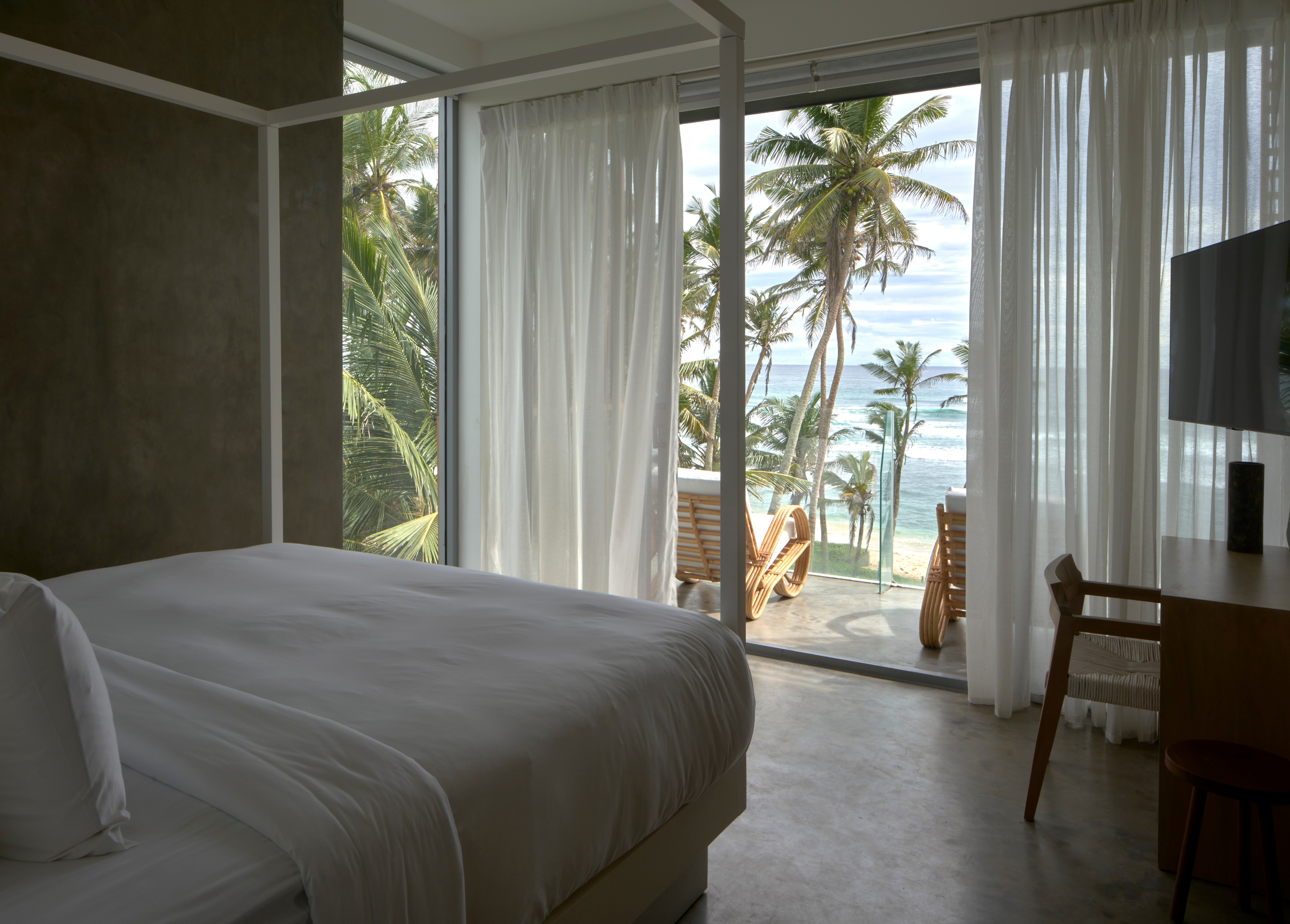
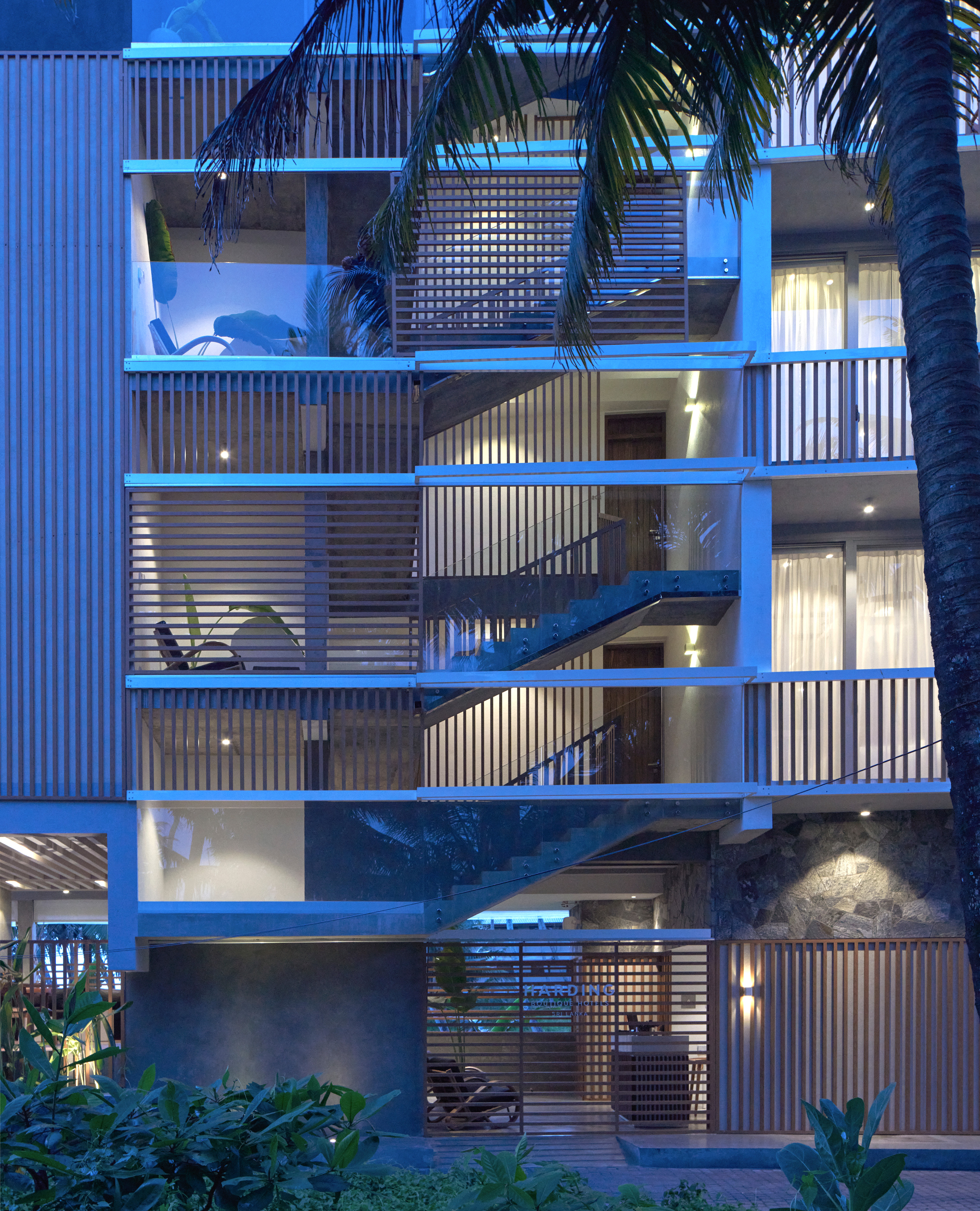
INFORMATION
Wallpaper* Newsletter
Receive our daily digest of inspiration, escapism and design stories from around the world direct to your inbox.
Ellie Stathaki is the Architecture & Environment Director at Wallpaper*. She trained as an architect at the Aristotle University of Thessaloniki in Greece and studied architectural history at the Bartlett in London. Now an established journalist, she has been a member of the Wallpaper* team since 2006, visiting buildings across the globe and interviewing leading architects such as Tadao Ando and Rem Koolhaas. Ellie has also taken part in judging panels, moderated events, curated shows and contributed in books, such as The Contemporary House (Thames & Hudson, 2018), Glenn Sestig Architecture Diary (2020) and House London (2022).
-
 Australian bathhouse ‘About Time’ bridges softness and brutalism
Australian bathhouse ‘About Time’ bridges softness and brutalism‘About Time’, an Australian bathhouse designed by Goss Studio, balances brutalist architecture and the softness of natural patina in a Japanese-inspired wellness hub
By Ellie Stathaki
-
 Marylebone restaurant Nina turns up the volume on Italian dining
Marylebone restaurant Nina turns up the volume on Italian diningAt Nina, don’t expect a view of the Amalfi Coast. Do expect pasta, leopard print and industrial chic
By Sofia de la Cruz
-
 Tour the wonderful homes of ‘Casa Mexicana’, an ode to residential architecture in Mexico
Tour the wonderful homes of ‘Casa Mexicana’, an ode to residential architecture in Mexico‘Casa Mexicana’ is a new book celebrating the country’s residential architecture, highlighting its influence across the world
By Ellie Stathaki
-
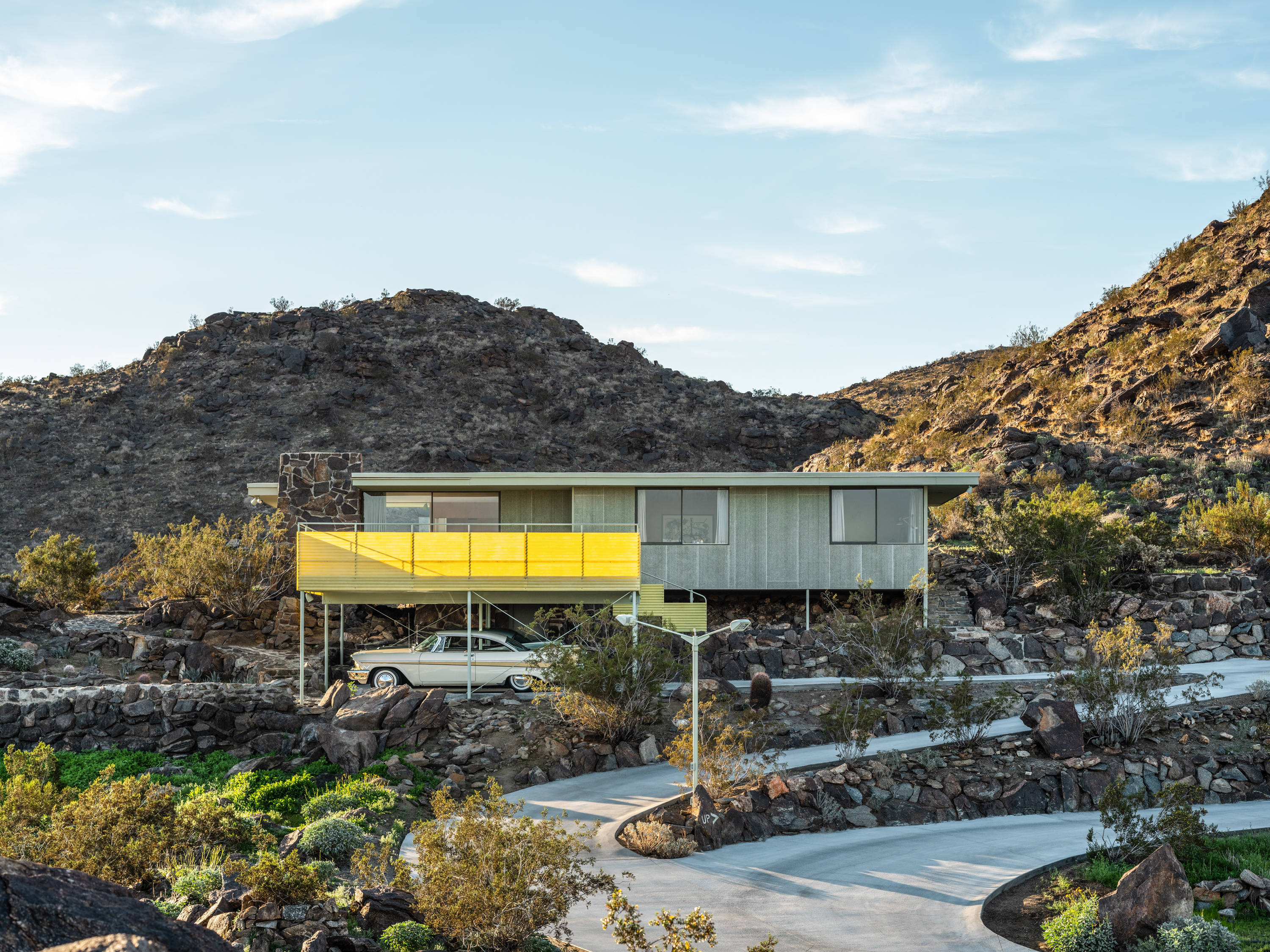 Modernist architecture: inspiration from across the globe
Modernist architecture: inspiration from across the globeModernist architecture has had a tremendous influence on today’s built environment, making these midcentury marvels some of the most closely studied 20th-century buildings; here, we explore the genre by continent
By Ellie Stathaki
-
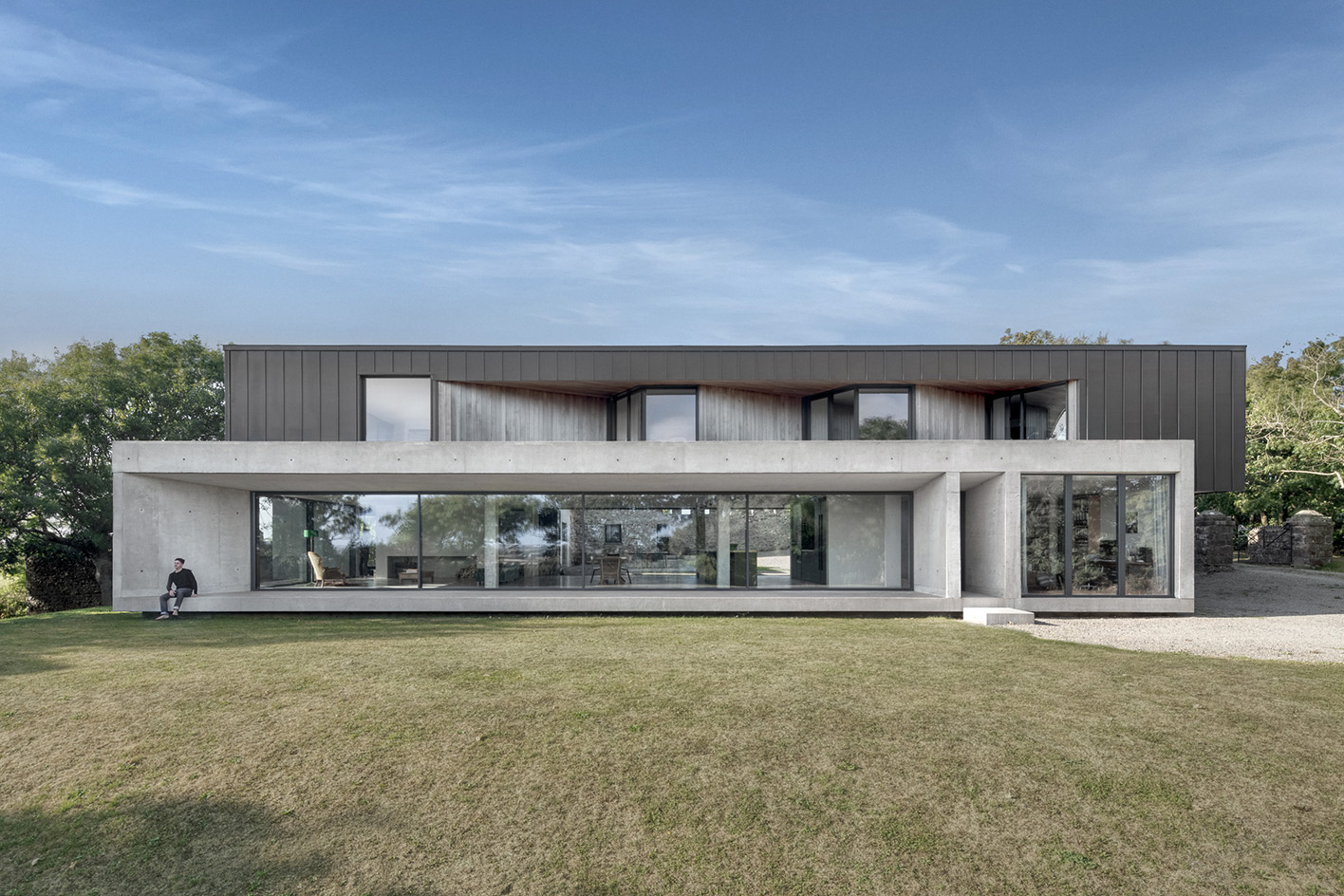 Minimalist architecture: homes that inspire calm
Minimalist architecture: homes that inspire calmThese examples of minimalist architecture place life in the foreground – clutter is demoted; joy promoted
By Ellie Stathaki
-
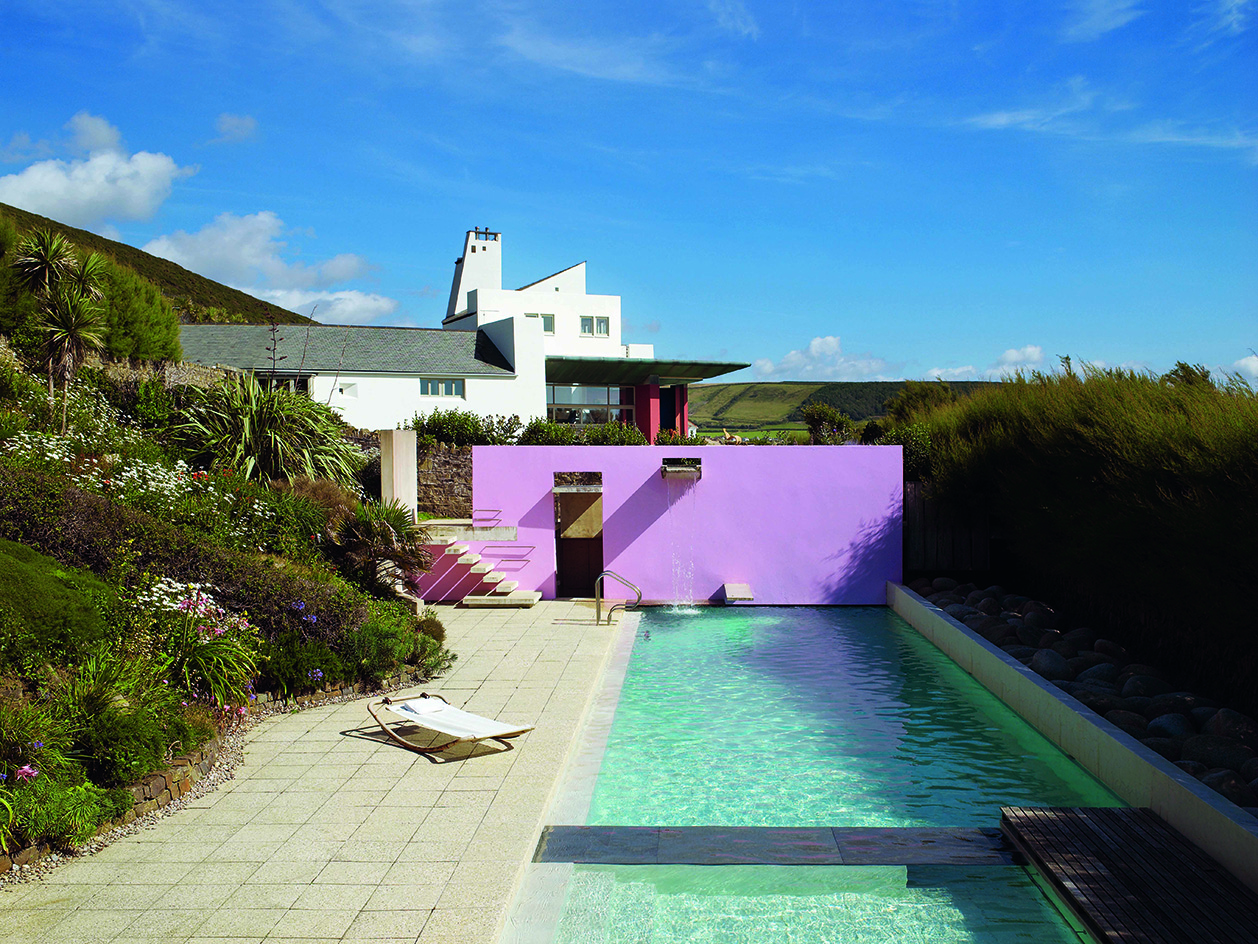 The iconic British house: key examples explored
The iconic British house: key examples exploredNew book ‘The Iconic British House’ by Dominic Bradbury explores the country’s best residential examples since 1900
By Ellie Stathaki
-
 Loyle Carner’s Reading Festival 2023 stage presents spatial storytelling at its finest
Loyle Carner’s Reading Festival 2023 stage presents spatial storytelling at its finestWe talk to Loyle Carner and The Unlimited Dreams Company (UDC) about the musical artist’s stage set design for Reading Festival 2023
By Teshome Douglas-Campbell
-
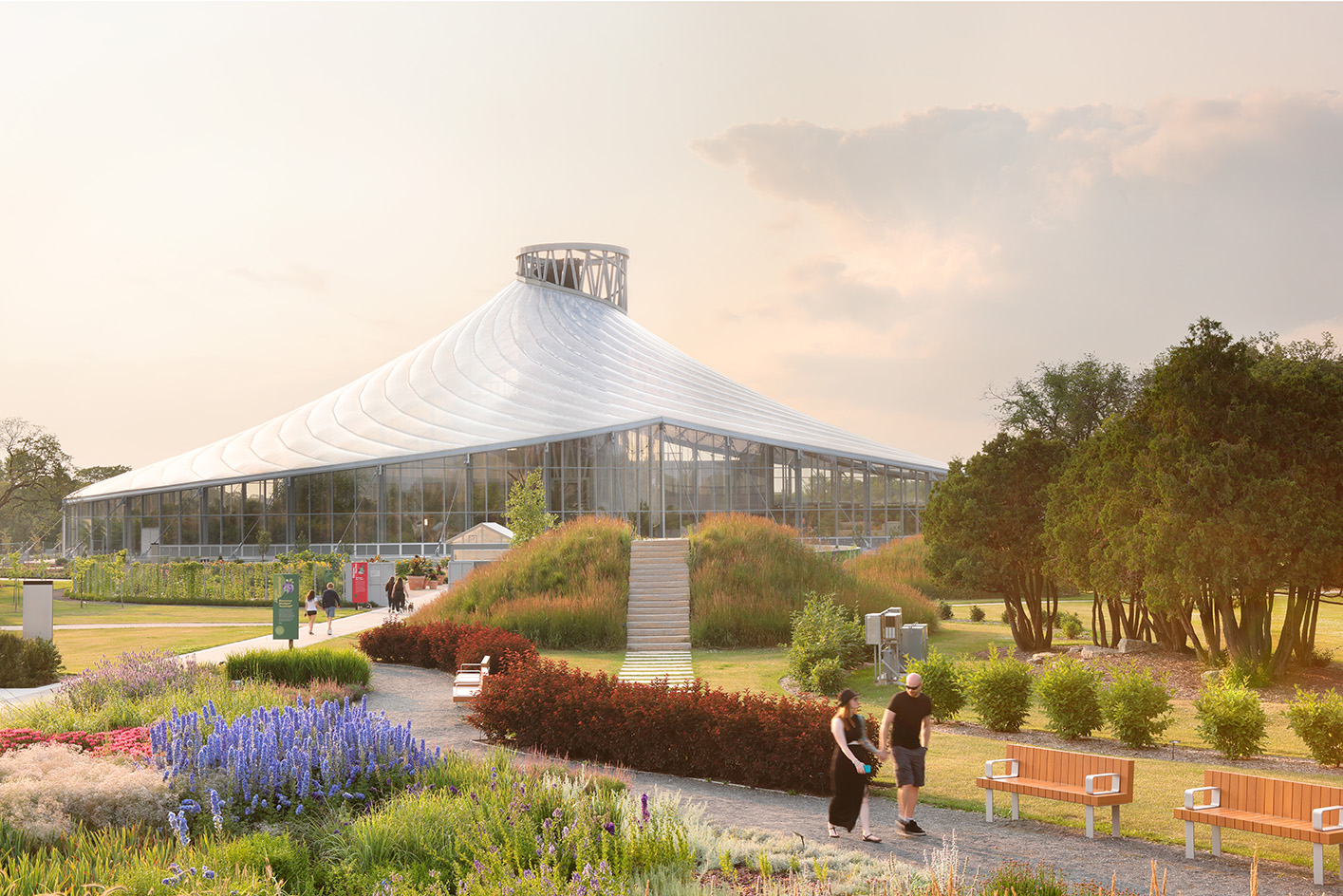 The Leaf is a feat of engineering and an ode to the Canadian Prairies
The Leaf is a feat of engineering and an ode to the Canadian PrairiesThe Leaf in Winnipeg, Canada, is the first interactive horticultural attraction of its kind: a garden and greenhouse complex promoting a better understanding of how people can connect with plants
By Adrian Madlener
-
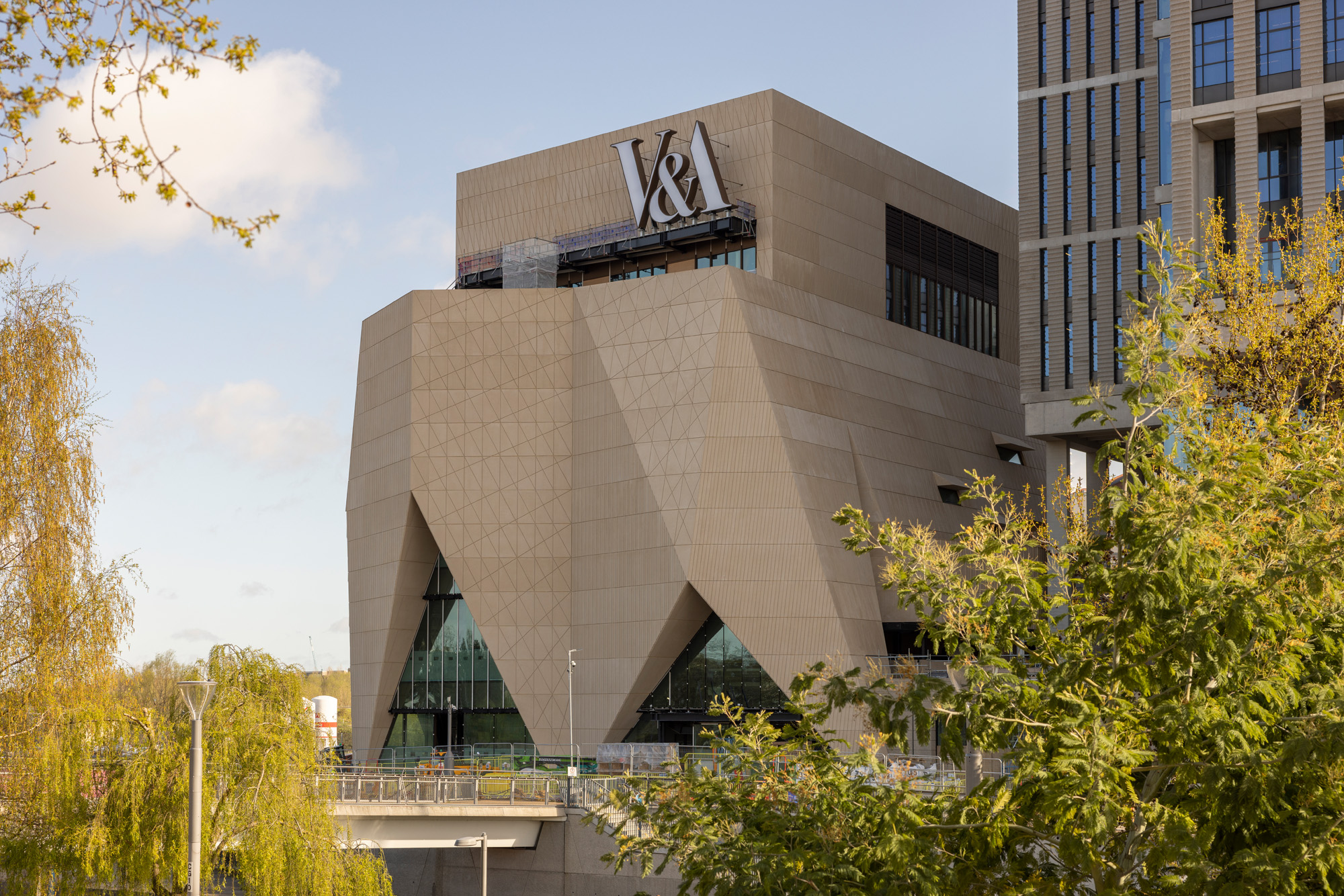 Behind the V&A East Museum’s pleated façade
Behind the V&A East Museum’s pleated façadeBehind the new V&A East Museum’s intricate façade is a space for the imagination to unfold
By Ellie Stathaki
-
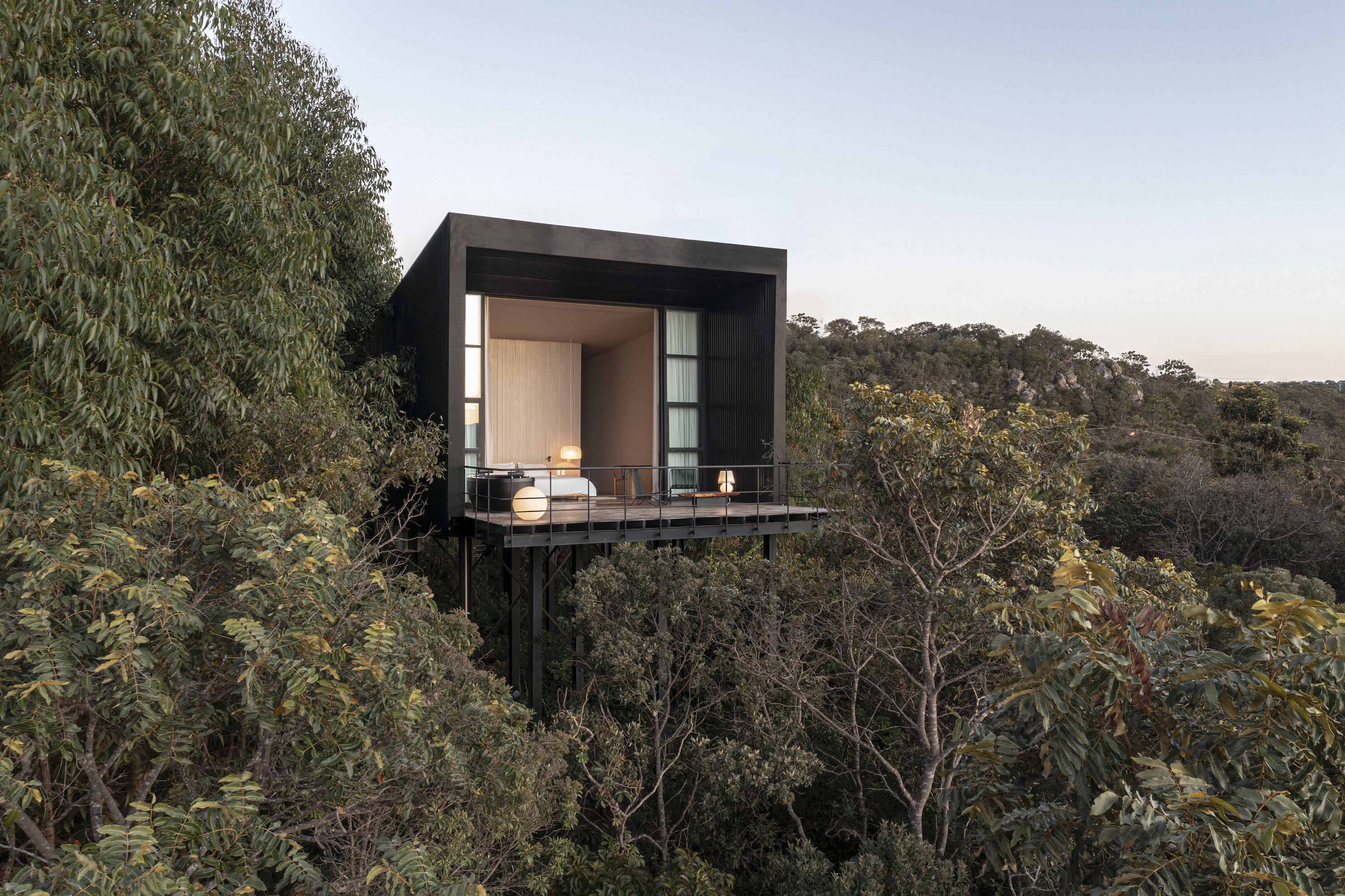 Casa Monoculo offers a take on treetop living in Brazil
Casa Monoculo offers a take on treetop living in BrazilCasa Monoculo by architect Alan Chu is a house raised above the treetops in Alto Paraiso City, Brazil
By Ellie Stathaki
-
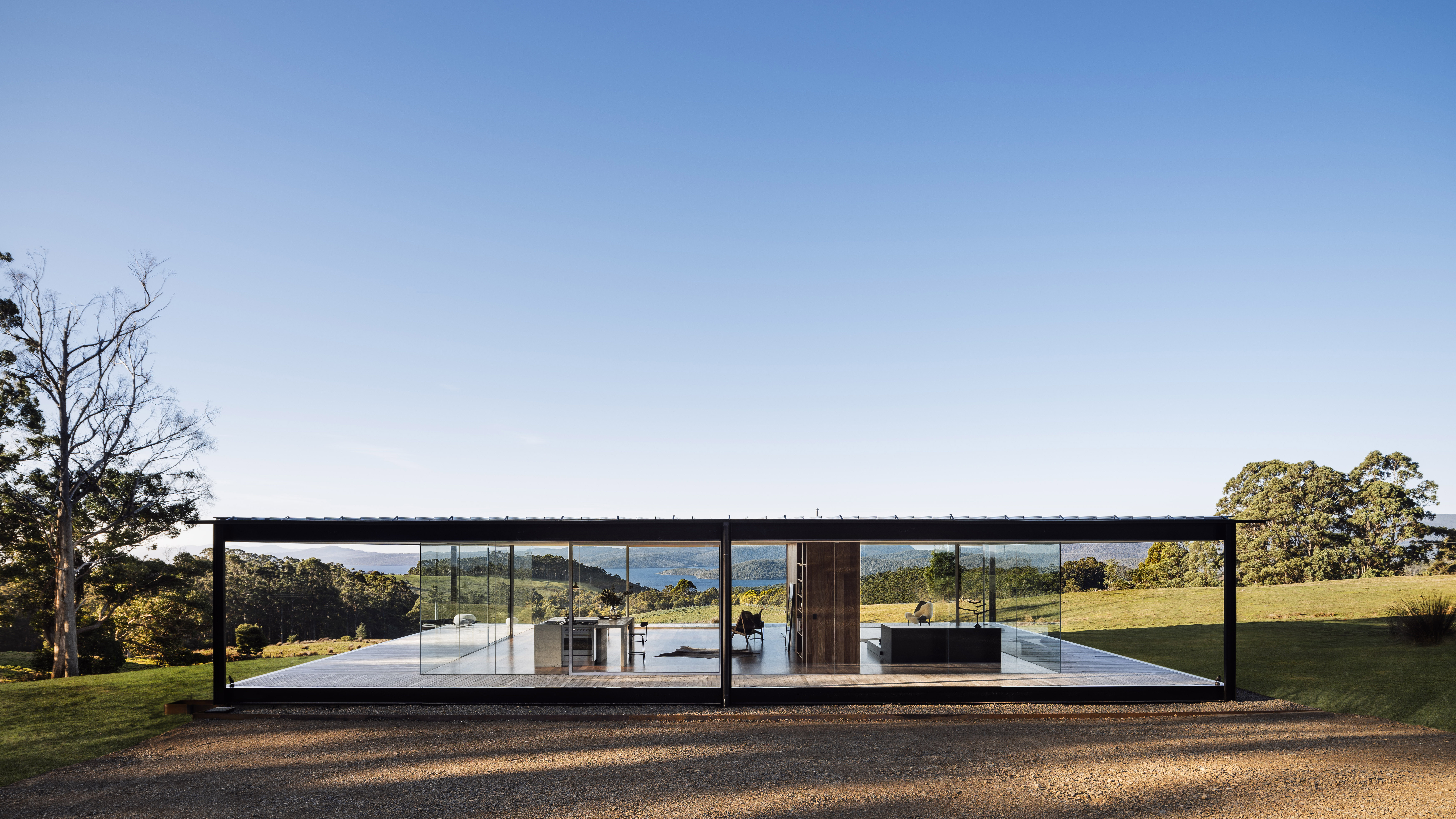 Tasmania house brings minimalist glass and concrete to rural Koonya
Tasmania house brings minimalist glass and concrete to rural KoonyaA Tasmania house designed in immaculate minimalist architecture by Room 11 makes the most of its idyllic Koonya location
By Stephen Crafti